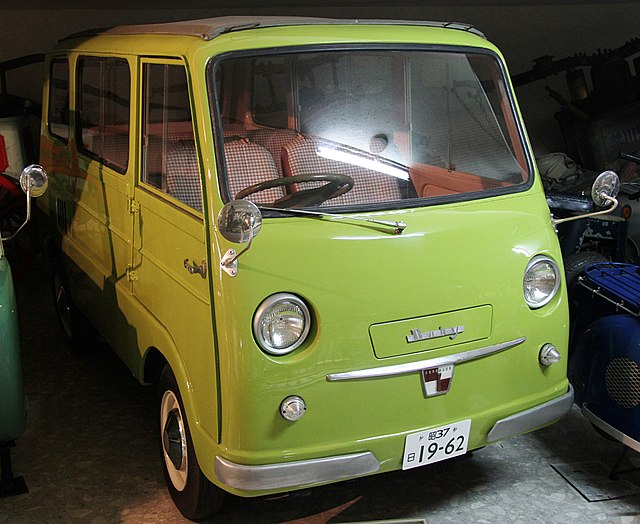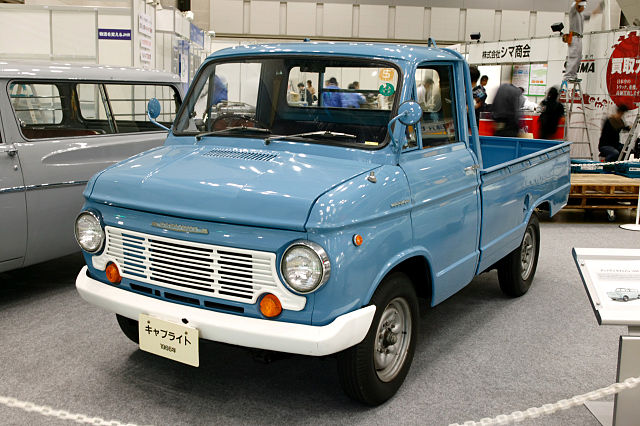The Nissan Z engine is a series of automobile and light truck four-cylinder engines that was engineered by Nissan Machinery, manufactured by the Nissan Motor Company from 1979 through August 1989. All Z engines had 4 cylinders, a total of 8 valves and a single overhead camshaft (SOHC). Displacements ranged from 1.6 L to 2.4 L.The Z series' engine blocks were nearly identical to those of the earlier L Series with the exception of the Z24. While the Z16 and Z18 engines had a deck height similar to the earlier L13/L14/L16/L18 variants, the Z24 had a taller deck height to accommodate a longer stroke. The most notable difference between the Z-series engine and its predecessor was the introduction of a new crossflow cylinder head which reduced emissions by moving the intake ports to the right side of the engine opposite the exhaust ports. This change allows the exhaust port velocity to more effectively scavenge the cylinder and reduce reversion pulses to enhance induction. This change also limits maximum valve lift/lobe lift profiles rendering the cylinder head and valve train configuration undesirable for high-performance uses. The Z series evolved into the NA and KA engines which, along with the smaller CA series, replaced the Z series.

Nissan Bluebird 910 SSS engine room
Tokyu Kurogane Industries , or Kurogane, was one of the first Japanese automakers. It built vehicles from about 1926 until 1962 when a subsidiary of Nissan, called Nissan Machinery, assumed operations as the company had become a member of the Nissan Group keiretsu. The word kurogane is an old term for iron, and one of the kanji used in Mr. Makita's first name. Remnants of the company were called Nissan Machinery until 1985, and operated as a separate entity within Nissan Techno until 2006, building and developing all of Nissan's current engines.
1962 Kurogane Baby microvan
1962 Datsun Cablight (Kurogane Mighty)
1966 Datsun Cablight




